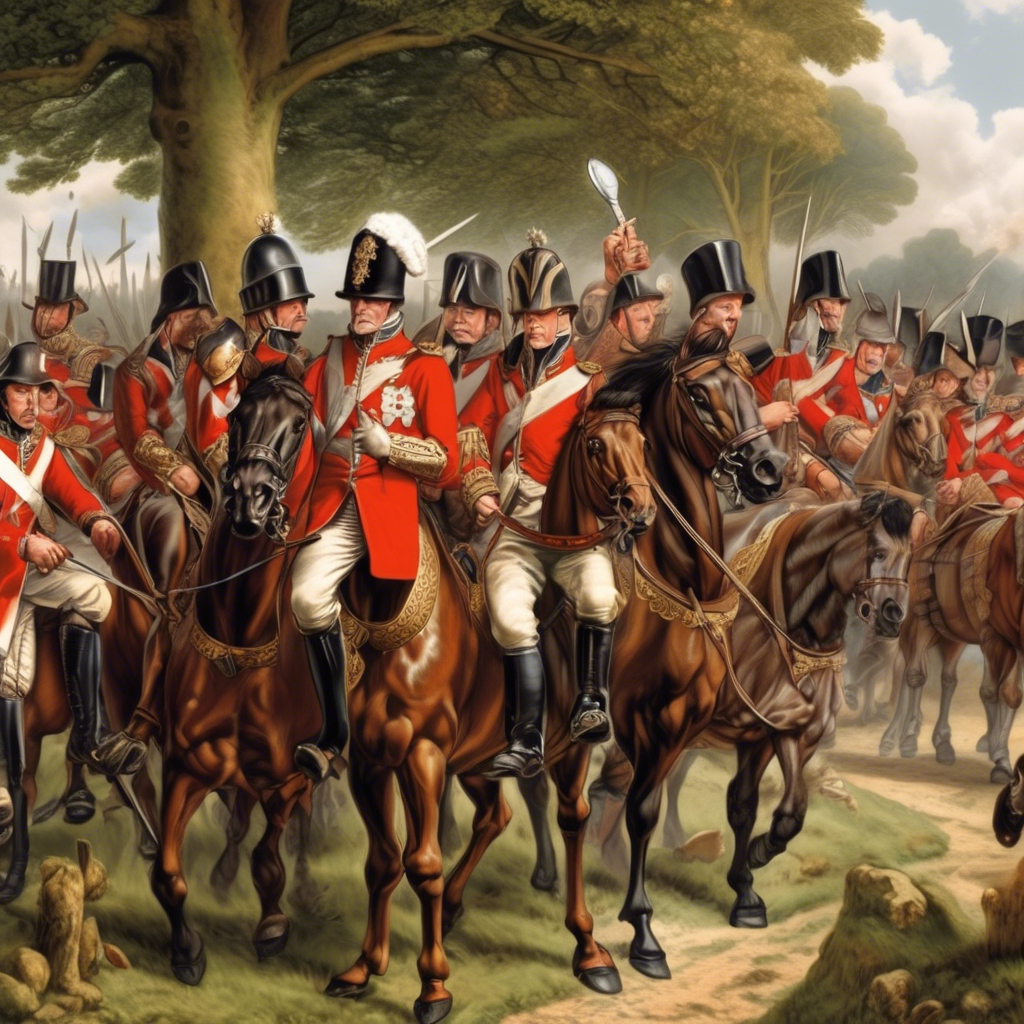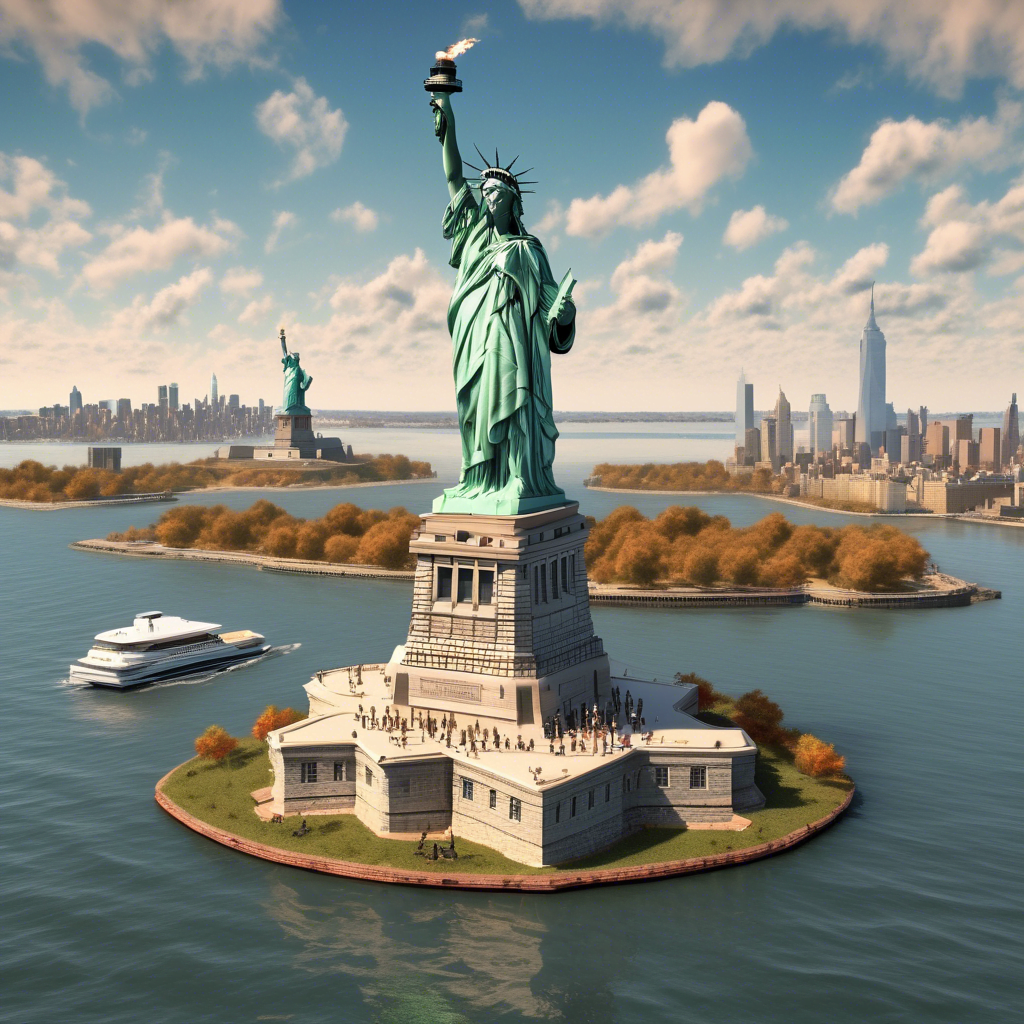
Introduction
Overview of England’s history
England’s history is a vibrant tapestry woven with threads of conquest, culture, and innovation. From ancient times to the modern era, England has been a stage for pivotal events that have shaped the course of history. The rise and fall of kingdoms, the clash of civilizations, and the march of progress all find their place in the annals of England’s past.
Importance of understanding England’s history
Understanding England’s history is crucial for grasping the roots of its traditions, institutions, and social fabric. By delving into the past, we gain insights into the motivations, conflicts, and aspirations of the people who have shaped England’s destiny. Moreover, a deep understanding of history fosters a sense of identity, belonging, and continuity with the past.
Scope and objectives of the documentation
This documentation aims to provide a comprehensive exploration of England’s historical journey, spanning from prehistoric times to the present day. The scope includes key events, figures, and developments that have left a lasting imprint on England’s society and culture. The objectives are to educate, inform, and inspire readers to appreciate the rich tapestry of England’s history and its enduring relevance in the contemporary world.
Prehistoric England
Early inhabitants of England
The story of England’s prehistoric past begins with the arrival of the earliest inhabitants who roamed the land thousands of years ago. These hunter-gatherers lived in harmony with nature, relying on the bounty of the land for sustenance and shelter. Their nomadic lifestyle and primitive tools laid the groundwork for the future settlement and civilization in England.
Stone Age, Bronze Age, and Iron Age settlements
The Stone Age marked a significant milestone in human history, as people began to settle in fixed locations and develop more sophisticated tools and technologies. The Bronze Age brought about further advancements in metallurgy, agriculture, and trade, leading to the emergence of complex societies and settlements. The Iron Age witnessed the rise of fortified hillforts, extensive trade networks, and social hierarchies, setting the stage for the Celtic tribes that inhabited ancient England.
Introduction of agriculture and development of early societies
The transition from a hunter-gatherer lifestyle to agriculture revolutionized the way people lived in prehistoric England. The cultivation of crops and domestication of animals enabled communities to settle in permanent villages, fostering the growth of trade, craftsmanship, and social organization. The development of early societies laid the foundation for the cultural, political, and economic structures that would evolve in the centuries to come.
Roman Invasion and Occupation
Julius Caesar’s invasion of Britain
In 55 BC, Julius Caesar, the renowned Roman general, launched a daring expedition to conquer Britain and expand the boundaries of the Roman Empire. Although Caesar’s initial incursions were met with resistance from the Celtic tribes, he succeeded in establishing a foothold on the island and laying the groundwork for future Roman invasions.
Roman conquest of England
The Roman conquest of England began in earnest under Emperor Claudius in 43 AD, as legions of Roman soldiers marched across the land, subduing the native tribes and asserting Roman authority. The construction of roads, fortifications, and cities transformed the landscape of England, bringing Roman civilization, technology, and culture to the island.
Impact of Roman rule on England’s culture and infrastructure
The Roman occupation of England left a lasting legacy on the country’s culture, infrastructure, and governance. The introduction of Roman law, architecture, and administration reshaped the social and political landscape of England, laying the foundation for urban centers, trade networks, and civic institutions. The fusion of Roman and Celtic traditions created a unique blend of cultures that defined the character of Roman Britain.
Anglo-Saxon England
Arrival of the Anglo-Saxons
The Anglo-Saxons, a confederation of Germanic tribes from continental Europe, arrived in England in the 5th century AD, following the decline of Roman rule. With their distinct language, customs, and social structure, the Anglo-Saxons established a new order in England, displacing the Romano-British population and creating a new cultural landscape.
Formation of Anglo-Saxon kingdoms
The Anglo-Saxon period in England was characterized by the emergence of multiple kingdoms, each ruled by a king or chieftain who wielded power over a territory and its people. The kingdoms of Wessex, Mercia, Northumbria, and East Anglia vied for supremacy, leading to conflicts, alliances, and shifting borders across the land.
Viking invasions and the Danelaw
The arrival of Viking raiders and settlers in the 8th and 9th centuries brought further upheaval to Anglo-Saxon England, as the Norsemen clashed with the Anglo-Saxon kingdoms and established their own settlements in the north and east of the country. The Danelaw, a region under Viking control, became a melting pot of cultures, languages, and traditions, shaping the future development of England.
Norman Conquest and Medieval England
Battle of Hastings and the Norman Conquest
The year 1066 witnessed a momentous event in England’s history, as William the Conqueror, Duke of Normandy, defeated King Harold II at the Battle of Hastings and claimed the English crown. The Norman Conquest marked a turning point in England’s history, as Norman rule brought about profound changes in governance, land ownership, and social structure.
Establishment of feudalism in England
The Norman Conquest ushered in a new era of feudalism in England, as William the Conqueror redistributed land to his loyal followers, established a centralized system of government, and introduced Norman customs and laws. The feudal system, based on the exchange of land for loyalty and service, shaped the relationship between the king, nobles, and peasants in medieval England.
Magna Carta and the rise of Parliament
The signing of the Magna Carta in 1215 by King John marked a significant milestone in England’s constitutional history, as the barons asserted their rights and liberties against royal tyranny. The Magna Carta laid the foundation for the rule of law, due process, and limitations on the power of the monarch, paving the way for the development of Parliament as a representative body of governance.
Tudor England
Henry VIII and the English Reformation
The reign of Henry VIII in the 16th century was a period of tumultuous change in England, as the king sought to break away from the authority of the Catholic Church and establish the Church of England. The English Reformation, driven by political, religious, and personal motives, led to the dissolution of the monasteries, the creation of a new religious order, and the consolidation of royal power.
Elizabethan era and the defeat of the Spanish Armada
The Elizabethan era, under the rule of Queen Elizabeth I, was a golden age of cultural, artistic, and military achievement in England. The defeat of the Spanish Armada in 1588 was a watershed moment in English history, as England’s navy triumphed over the mighty Spanish fleet, securing England’s place as a major maritime power and asserting its independence from foreign threats.
Shakespeare and the cultural flourishing of the period
The Elizabethan and Jacobean periods were marked by a cultural renaissance in England, with playwrights, poets, and artists flourishing under the patronage of the royal court. William Shakespeare, the greatest playwright of the era, produced a wealth of immortal works that continue to captivate audiences to this day, reflecting the spirit of the age and the complexities of human nature.
Civil War and Restoration
English Civil War and the execution of Charles I
The English Civil War in the 17th century pitted the forces of Parliament against the royalist supporters of King Charles I, leading to a bitter conflict that tore the nation apart. The execution of Charles I in 1649 marked the end of the monarchy and the beginning of a turbulent period of republican rule under Oliver Cromwell and the Parliamentarians.
Oliver Cromwell and the Interregnum
Oliver Cromwell, the leader of the Parliamentarian forces, emerged as the dominant figure in the aftermath of the Civil War, ruling England as Lord Protector with dictatorial powers. The Interregnum, a period of republican rule without a monarch, saw the establishment of a Puritan regime, religious reforms, and military campaigns against royalist uprisings and foreign threats.
The Restoration of the monarchy with Charles II
The Restoration of the monarchy in 1660 brought an end to the Interregnum and the return of the Stuart dynasty with the coronation of Charles II as king. The Restoration era was marked by a sense of relief, reconciliation, and the reestablishment of traditional institutions, as England sought to heal the wounds of the Civil War and rebuild under royal authority.
Georgian and Victorian England
Industrial Revolution and the transformation of England
The Industrial Revolution in the 18th and 19th centuries revolutionized England’s economy, society, and culture, as new technologies, factories, and urban centers reshaped the landscape of the nation. The rise of manufacturing, trade, and transportation propelled England into a global powerhouse, fueling economic growth, urbanization, and social change on an unprecedented scale.
British Empire and colonial expansion
The expansion of the British Empire in the Georgian and Victorian eras brought England to the pinnacle of global power, as colonies and territories around the world came under British rule. The empire’s vast resources, wealth, and influence transformed England into a dominant force in international politics, trade, and culture, shaping the course of world history for centuries to come.
Social reforms and the rise of the middle class
The Georgian and Victorian periods witnessed a wave of social reforms, political movements, and cultural shifts that transformed England’s society and institutions. The abolition of slavery, the extension of voting rights, the reform of labor laws, and the rise of the middle class all contributed to a more inclusive, egalitarian, and democratic society, laying the groundwork for modern England.
20th Century England
World Wars and their impact on England
The 20th century was a time of great upheaval, as England faced two devastating world wars that reshaped the nation and the world. The sacrifices, struggles, and victories of the two world wars left an indelible mark on England’s collective memory, as the nation rallied together to defend its freedom, democracy, and values against tyranny and aggression.
Post-war reconstruction and the welfare state
In the aftermath of World War II, England embarked on a period of reconstruction, renewal, and reform, rebuilding its cities, industries, and infrastructure from the ravages of war. The establishment of the welfare state, with its provisions for healthcare, education, and social services, marked a new chapter in England’s social contract, ensuring a more equitable and compassionate society for all its citizens.
Decline of the British Empire and entry into the European Union
The post-war era saw the gradual decline of the British Empire as former colonies gained independence, leading to a reevaluation of England’s place in the world. The decision to join the European Economic Community in 1973 marked a new chapter in England’s international relations, as the nation sought to forge closer ties with its European neighbors and navigate the challenges of a changing global landscape.
Contemporary England
Modern challenges facing England
Contemporary England faces a host of challenges, from economic inequality and social division to environmental degradation and political uncertainty. The complexities of a rapidly changing world, with its technological advancements, demographic shifts, and geopolitical tensions, present new obstacles and opportunities for England as it navigates the complexities of the 21st century.
Cultural diversity and immigration
The diversity of England’s population, shaped by centuries of migration, colonization, and globalization, is a defining feature of contemporary England. The contributions of immigrants, refugees, and minorities have enriched England’s culture, cuisine, arts, and traditions, creating a vibrant tapestry of identities and experiences that reflect the nation’s multicultural heritage.
Brexit and its implications for England’s future
The decision to leave the European Union, known as Brexit, has profound implications for England’s future, as the nation seeks to redefine its relationship with Europe and the world. The complexities of Brexit, from trade agreements and border controls to immigration policies and economic stability, pose challenges and opportunities for England as it charts a new course in the global arena.
Conclusion
Summary of key points in England’s history
England’s history is a story of resilience, innovation, and transformation, as the nation has navigated the challenges of the past to shape its present and future. From the ancient tribes of prehistoric England to the global power of the British Empire, England’s journey is a testament to the enduring spirit of its people and the forces that have shaped its destiny.
Reflection on the significance of understanding England’s past
Understanding England’s history is not just a journey through the past, but a key to unlocking the complexities of the present and envisioning the possibilities of the future. By exploring the layers of England’s past, we gain insights into the roots of its traditions, institutions, and values, fostering a deeper appreciation for the challenges and triumphs that have defined the nation.
Suggestions for further exploration and study
For those interested in delving deeper into England’s history, there are a wealth of resources, museums, books, and online archives that offer a window into the rich tapestry of England’s past. Readers can explore historical sites such as Stonehenge, Hadrian’s Wall, the Tower of London, and Windsor Castle to immerse themselves in England’s past. Books by renowned historians such as David Starkey, Simon Schama, and Alison Weir offer in-depth analyses of key periods and figures in England’s history. Online resources such as the British Library, the National Archives, and historical societies provide access to primary sources, documents, and research materials for those interested in conducting their own investigations into England’s past.
In conclusion, England’s history is a multifaceted tapestry woven with threads of conquest, culture, and innovation that have shaped the nation’s identity and legacy. By exploring the diverse chapters of England’s past, we gain a deeper appreciation for the challenges, triumphs, and complexities that have defined the nation and continue to shape its future. May this documentation serve as a gateway to understanding the rich tapestry of England’s history and inspire readers to embark on their own explorations of the past.
References
1. Books:
– “The History of England” by David Starkey
– “A History of Britain” by Simon Schama
– “The Six Wives of Henry VIII” by Alison Weir
– “The Oxford History of England” series
2. Online Resources:
– The British Library: https://www.bl.uk/
– The National Archives: https://www.nationalarchives.gov.uk/
– Historic England: https://historicengland.org.uk/
3. Museums and Historical Sites:
– The British Museum
– Stonehenge
– The Tower of London
– Hadrian’s Wall
– Windsor Castle
4. Academic Journals and Publications:
– “The English Historical Review”
– “Journal of British Studies”
– “Historical Research”




Leave a Reply